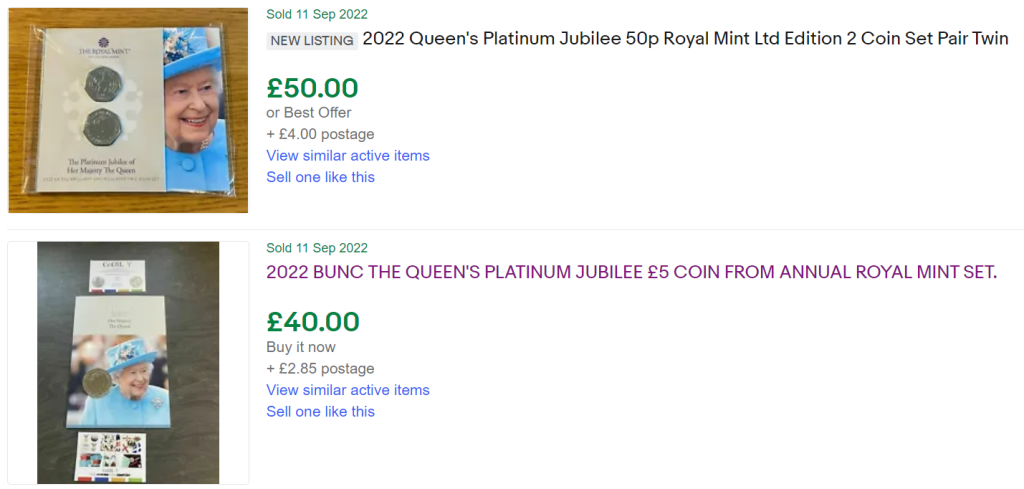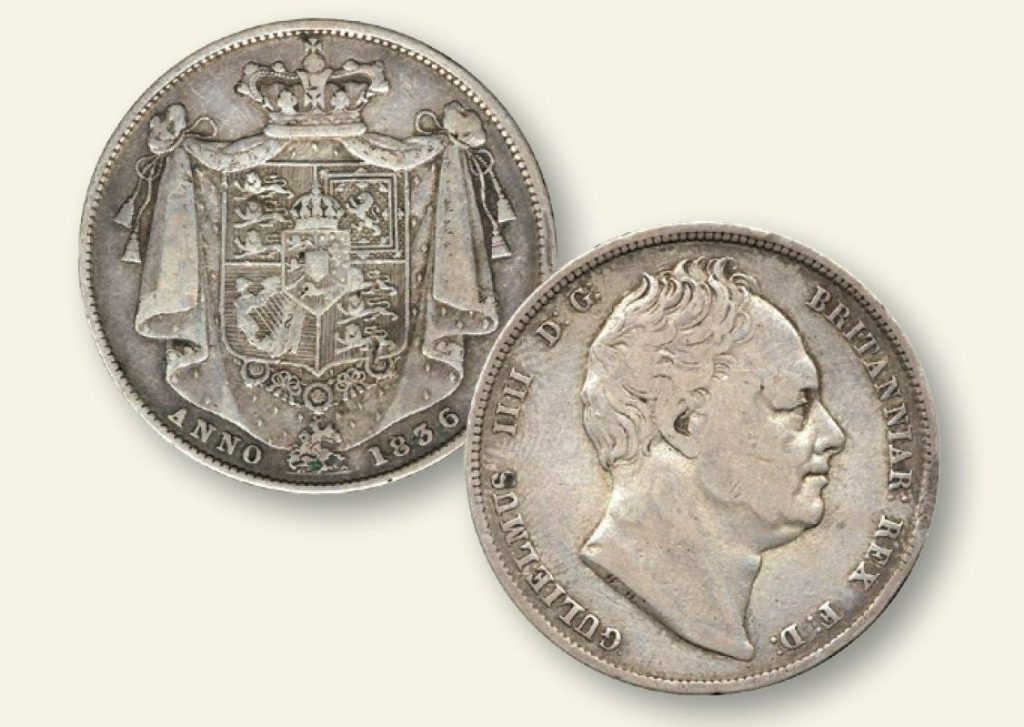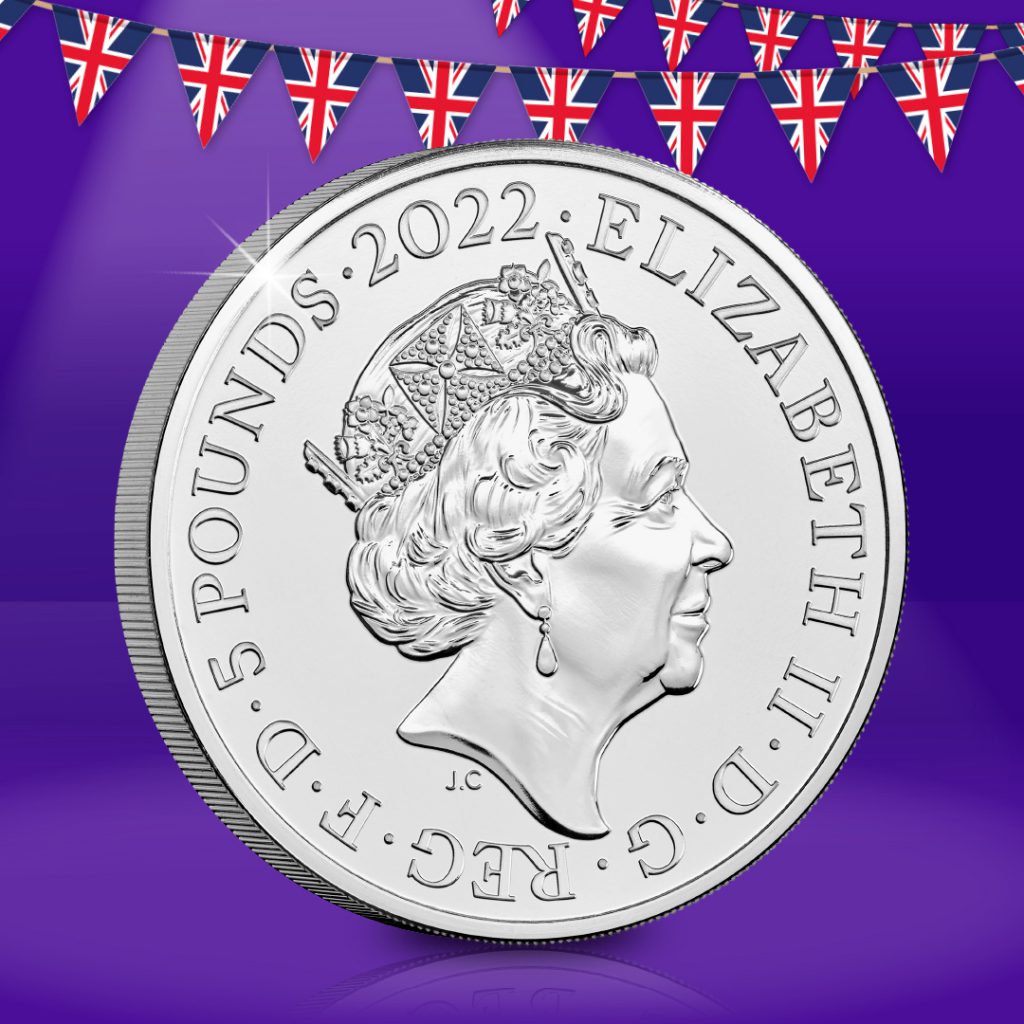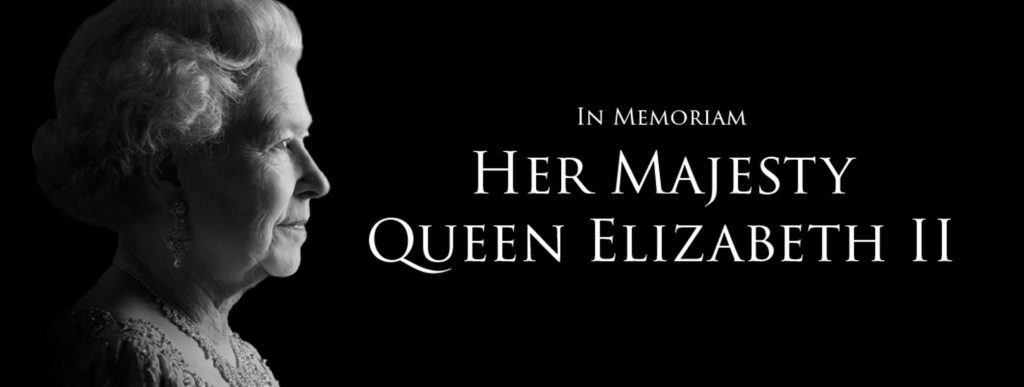Royalty
Worldwide Mints struggle to meet collector demand for Queen Elizabeth II coins
Demand for Queen Elizabeth II coins has been felt at Mints around the world, following the sad news of her passing on 8th September.
Collectors heading to The Royal Mint and The Royal Australian Mint websites have been faced with long queues.


Coins issued within this year, particularly those issued in recent weeks, were in high demand.
The Royal Mint’s website indicated high interest in royalty themed coins – most notably, coins issued to celebrate Queen Elizabeth II’s varying Jubilees.

Just one of the many coins awaiting stock was the 1977 Elizabeth II Crown, issued to celebrate the Queen’s Silver Jubilee.
The 2022 UK Annual Coin Set, featuring both Platinum Jubilee 50p and £5 coins, is currently unavailable at The Royal Mint. However, these coins are fetching around £170 on the secondary market sites.

As The Royal Mint works hard to meet demand for Queen Elizabeth II coinage, secondary market sites have also been bombarded with new listings.
How much is my Queen Elizabeth II coin worth?

Both the Platinum Jubilee 50p and £5 coins have been fetching well over their original retail prices.
Despite still being available at the The Royal Mint for £10 (+p&p), the 2022 UK Platinum Jubilee £5 coin recently sold for £40 on eBay.co.uk.
There’s no doubt demand for collectables celebrating Queen Elizabeth II’s remarkable 70 year reign will continue to surge as the nation welcomes a new monarch – his majesty King Charles III.
Whether you want to hold onto your Queen Elizabeth II coins, or look to sell them, there has never been a more prominent time to check your collections.
Which Queen Elizabeth II coins do you have in your collection? Will you hold onto them? Let us know in the comments below.
Queen Elizabeth II In Memoriam Range
Behind the design – Quentin Peacock’s fantastic new design for our future King
This year we mark the 40th Birthday of our future King, Prince William.
Coins that are being issued to mark this birthday are extremely important – when William eventually becomes King, coins issued for him during the Queen’s historic reign are going to be highly sought after by collectors.
And now a brand new coin has been issued by Guernsey and features a fantastic new design by artist Quentin Peacock.

The design takes inspiration from the original Crown coins issued during the reign of the last King William – King William IV.
Any historic coin collector will be aware of this iconic important coin.
During the reign of William IV, the Royal Mint had two established and now legendary engravers – Benedetto Pistrucci and William Wyon. However, in 1820, Frenchman Jean Merlen arrived at the Mint.
Merlen’s design is one of the most highly rated, yet strangely least well-known, reverse designs to grace a British coin. A facet that makes it particularly desirable to knowledgeable collectors.
The ‘Crowned Shield’ has only been seen a handful of times. In fact, the Crown Coin was only issued in 1831 and 1834, and never entered circulation! This, combined with the fact that William IV only reigned for 7 years, makes the William IV Crown one of the most sought after coins in British numismatic history!
And now Quentin Peacock has produced a fantastic new design to mark the 40th Birthday of our future King, Prince William – who is likely to be the first King William since the 1800s.

This brand new design features a crowned shield with ’40’ in the centre. It’s a new design that pays homage to one of the most interesting and collectable coins in British history.
There might even be a few very lucky collectors out there with the opportunity to pair the two coins together!
We have a limited number of coins available in the British Isles Prince William 40th Birthday range, and you can secure yours now by following the link below.
If you’re interested…

Click here to view the full range of Prince William 40th Birthday Coins >>
ROYAL MINT ANNOUNCEMENT: The Queen’s Reign £5 Series…
As we mark Her Majesty the Queen’s remarkable 70-year reign this year, The Royal Mint have just announced a brand new three-coin series!
Highlighting The Queen’s personal commitment to her people, communities, and to the Commonwealth nations, the three coins are due to be issued this summer and feature designs by artist P.J. Lynch. Each coin will fittingly represent one of the three key areas of Her Majesty’s reign, along with a UK FIRST — The Queen’s signature!
The first coin will feature the honours and awards she bestows on individuals for their service, the second highlights her patronage and support of charities, and the third will celebrate Her Majesty’s tireless work for the Commonwealth.

Releasing this summer!
All three coins are set to be released this summer, with the first coin in June, the second in July and the final of the series released in August.
This truly is the ultimate tribute to Her Majesty the Queen and her incredible dedication to the Crown over the last 70 years.
Make sure you don’t miss out on owning this new coin series, and sign up to our BU Pack subscription service. Find out more about the BU Pack subscription service here.


